Know your Plant
- An evergreen perennial with a crown of oval leaves, light green & silver leaves of the “Silver Queen” variety is striking & stands out.
- Slow growers, but can reach upto 2-3 feet.
- Strong air-purifying properties, remove industrial toxins like formaldehyde & benzene.
- Increases daytime oxygen.
- Perfect for dimly lit corners of a house.
Plant Essentials
Light
Low light is preferred. Semi-shade to shade.
Temperature
16-21°C. Cannot tolerate cold temperatures below 13°C.
Water
Keep soil moist, but do not allow the pot to stand in water, which will cause root rot. Water weekly during summers, in winter water when the top 1" of soil is dry. Mist 2-3 times a week.
Media
An all purpose potting soil. Also grows in soiless media.
Fertiliser
Apply Balance liquid fertilizer once a month from spring to late summer.
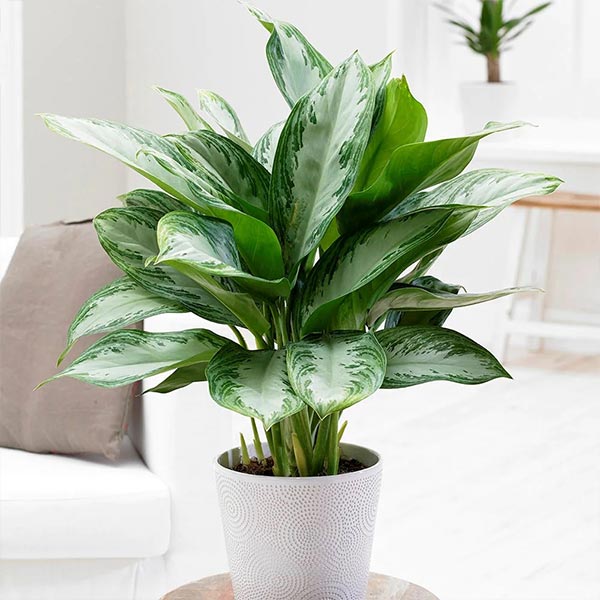
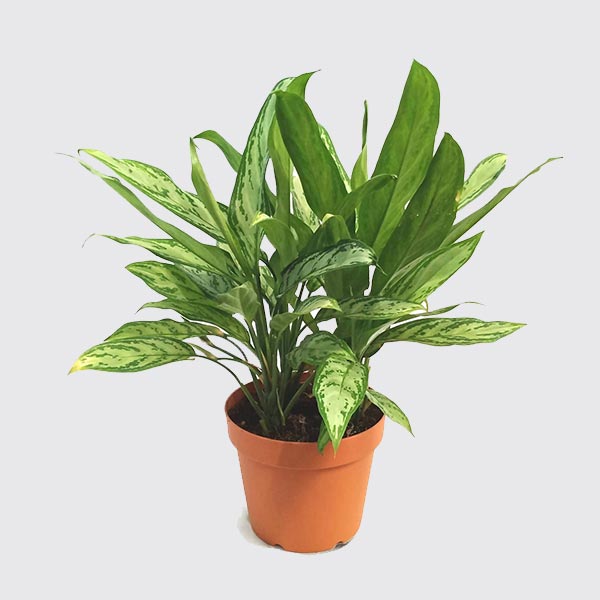
Potting
Repot every 2 - 3 years in a one size larger container.
Other Tips/ Info
Mildly toxic, no part of the plant should be consumed. Avoid direct exposure to sunlight and draughts.
Preferred Pot Size
6-8 inches
Maximum Height
1.5 feet
Approx. Spread
1.5 feet
0/5
(0 Reviews)


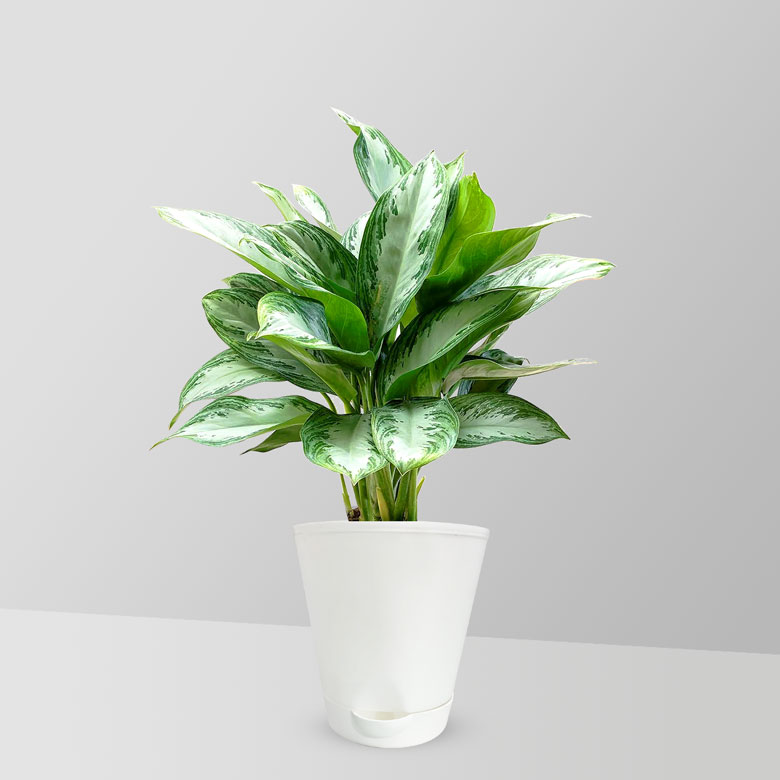
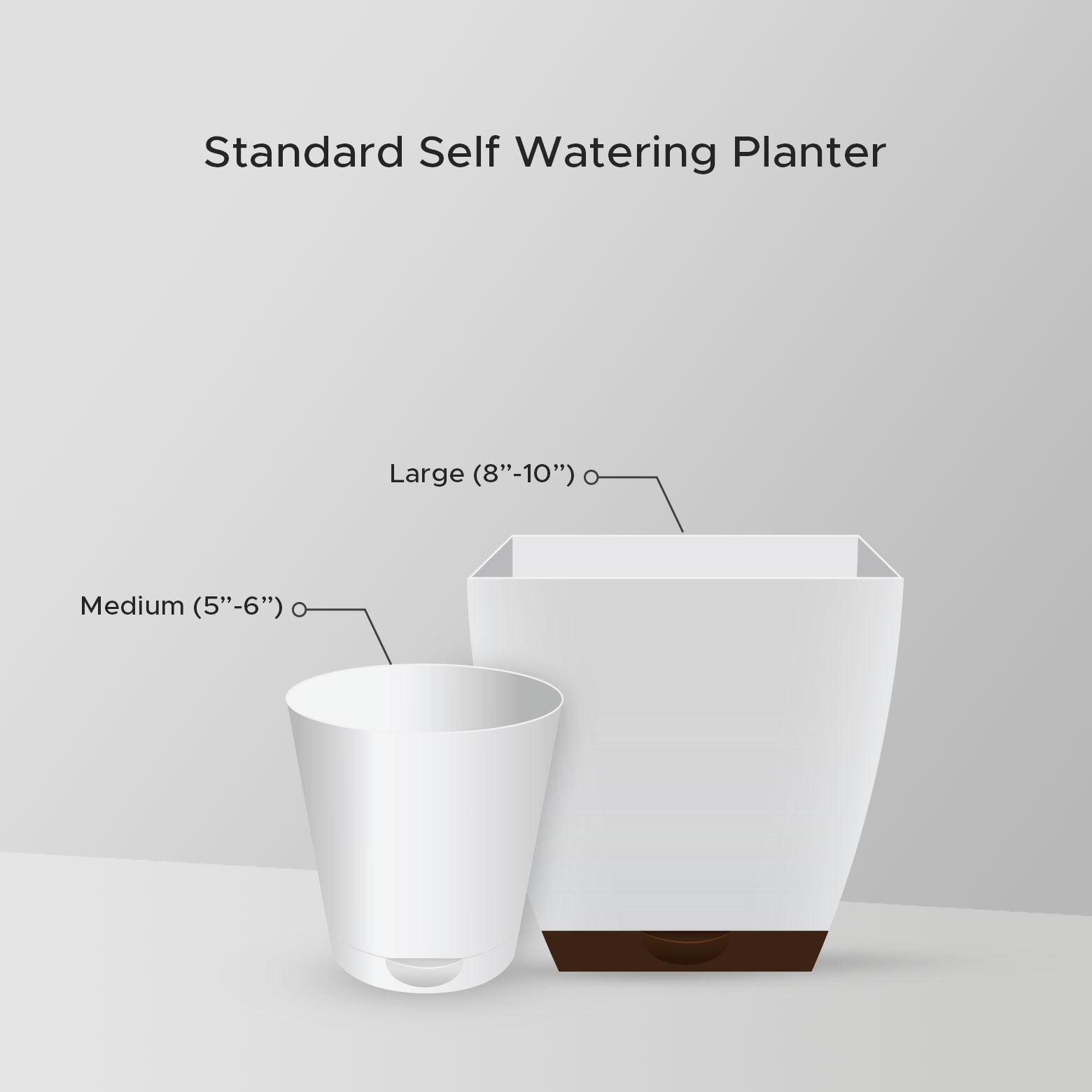
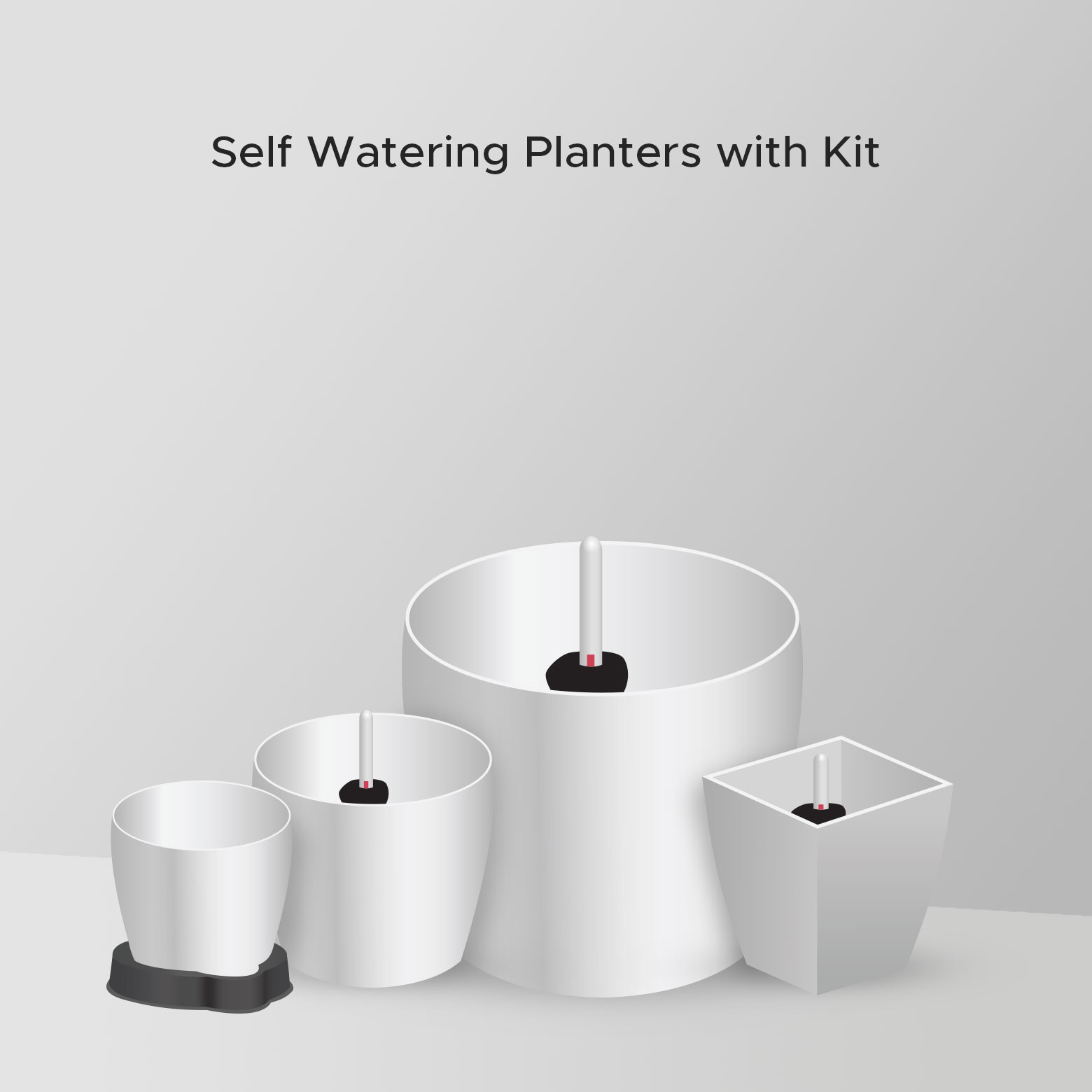
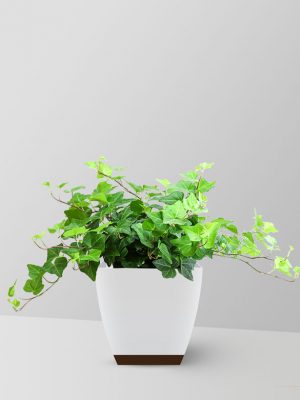
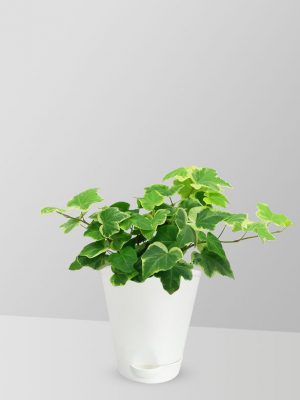
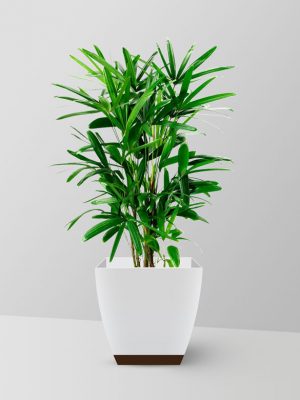
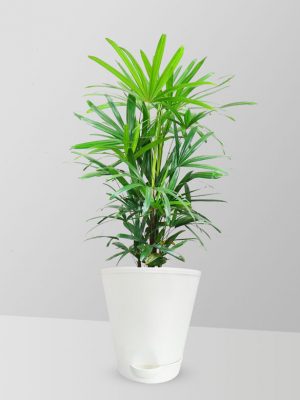
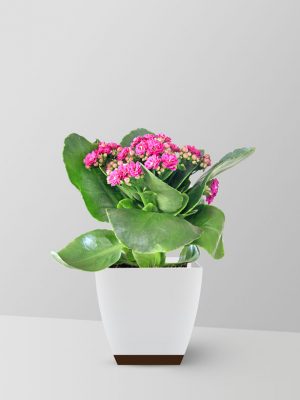
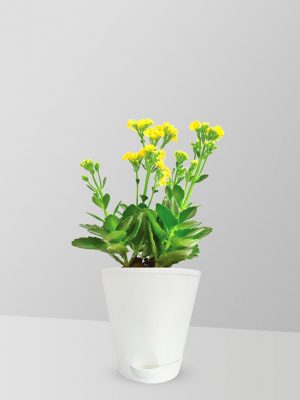
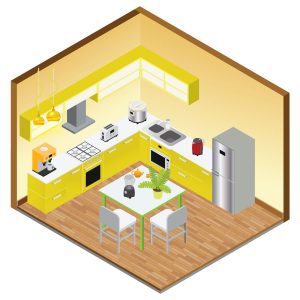


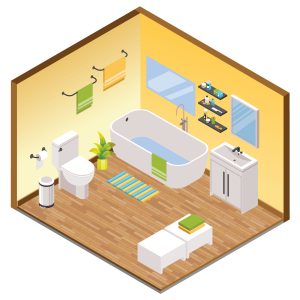
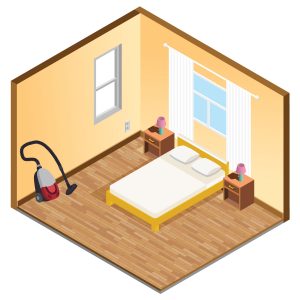
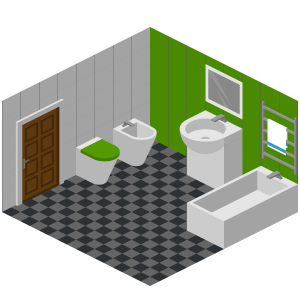

1 review for Chinese Evergreen
There are no reviews yet.